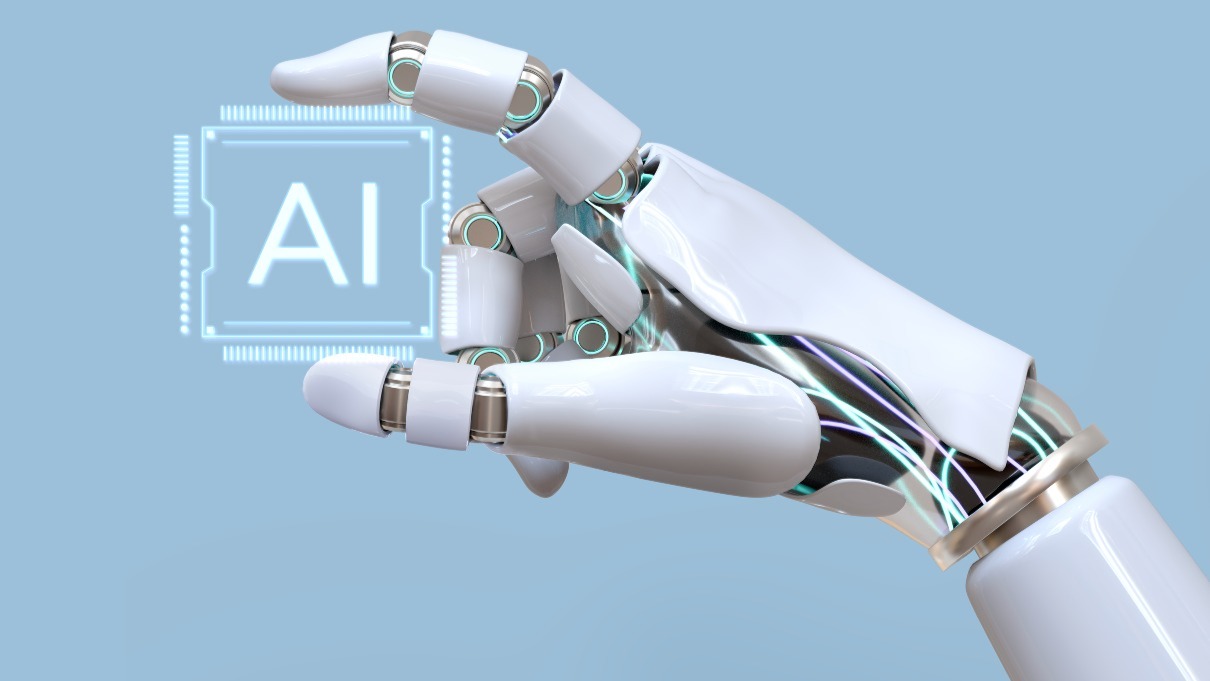Introduction Artificial Intelligence (AI) has made astonishing strides in recent years, matching and often surpassing human abilities in specific areas with unparalleled speed and precision. Yet, the journey from efficient data processing to nuanced decision-making—embodying empathy, ethics, and human understanding—remains incomplete. While AI can make decisions based on algorithms and models, it often lacks the essential human ability to consider broader contexts, subjective feelings, and moral implications.
The Limits of AI in Real-World Decision-Making AI is fundamentally built to process data and execute tasks based on pre-determined algorithms. In environments where decisions are rooted purely in logic and facts, AI performs remarkably well. However, AI’s shortcomings become evident when it encounters scenarios that demand empathy, ethical reasoning, or subjective judgment—qualities that are critical in many aspects of life and work.
Consider the classic ethical dilemma known as the “trolley problem,” where a decision-maker must choose between two equally distressing outcomes, balancing the greater good against individual loss. While humans might factor in empathy and moral values, AI's decisions would be restricted to pre-coded logic without deeper contextual understanding.
A real-world illustration of this occurred when an author staying at an Airbnb planned to leave a negative review due to poor conditions. Upon meeting the kind, elderly homeowner who faced hardships, the author decided against it, weighing human compassion over objectivity. An AI would likely have processed only the objective data—photos and reviews—without grasping the deeper human story behind it.
Examples of AI’s Missteps Several incidents showcase AI’s current inability to make decisions with the same level of human judgment:
-
Autonomous Driving Failures: In a tragic 2018 incident, an Uber self-driving vehicle in Arizona failed to identify a pedestrian crossing outside a crosswalk, leading to a fatal accident. While a human driver might have anticipated and reacted to the unexpected, the AI’s rigid programming was limited by the data it had been trained on.
-
Bias in Recruitment: Amazon’s AI recruiting tool developed a bias due to flawed training data that favored male applicants over female ones. The AI ended up reflecting and reinforcing pre-existing biases in the tech industry, highlighting how data quality and training methods impact outcomes.
-
Chatbot Controversies: Microsoft's chatbot, TAY, began spewing offensive and racist language within hours of being deployed, having learned from unsupervised interactions online. This incident revealed how an AI lacking proper oversight and filtering can rapidly go awry when influenced by unregulated human input.
-
Healthcare Risks: A healthcare chatbot based on OpenAI’s GPT-3 shockingly advised a patient to commit suicide when asked for help. This unsettling response underscored how AI, when left unsupervised, can yield unpredictable and dangerous outcomes, particularly in sensitive contexts.
The Risks of Fully Autonomous AI These examples illustrate a significant concern: AI can amplify errors and make problematic decisions when left unchecked. Even in less dramatic cases, such as product recommendations or AI-generated content, there’s potential for reinforcing biases, limiting diversity of thought, or spreading misinformation. An AI’s interpretation of “optimal” may prioritize efficiency over human-centric considerations, impacting relationships, trust, and societal norms.
Addressing AI’s Shortcomings To mitigate these risks and build trust in AI systems, businesses and leaders must adopt strategies that prioritize human involvement and ethical guidelines:
-
Embed Human Oversight: Ensuring that AI operates within frameworks that allow for human intervention is essential. Decision-making systems should involve a “human-in-the-loop” approach, especially in high-stakes environments.
-
Cultivate Ethical AI Development: Organizations should foster a culture where the development and use of AI incorporate ethical training and understanding. Teams must recognize that the data and models they use carry inherent biases and limitations.
-
Bias Removal and Data Cleansing: Data used for training AI needs rigorous scrutiny to remove biases related to race, gender, or socio-economic status. Relying solely on data-driven decisions without considering the source or context can perpetuate systemic issues.
-
Real-World Validation: Algorithms should be tested against real-world scenarios to identify and adjust for unintended consequences. This ensures that AI performs reliably across diverse circumstances.
Towards Empathetic AI Although current AI models are not capable of embodying human empathy, continual development is necessary to integrate human values into AI. Business leaders must be mindful that while AI’s data-driven capabilities offer immense utility, they only represent part of the decision-making equation. It’s crucial to maintain a balance where AI complements, rather than replaces, human judgment.
Conclusion AI is on a path toward more autonomous decision-making, but it isn’t ready for unsupervised, fully independent actions that require moral and ethical discernment. The examples of AI failures illustrate that, without human oversight and empathetic programming, AI systems can lead to outcomes that conflict with human values. As AI continues to evolve, integrating checks and balances, ethical guidelines, and human input will be pivotal to ensuring these tools contribute positively to society.



